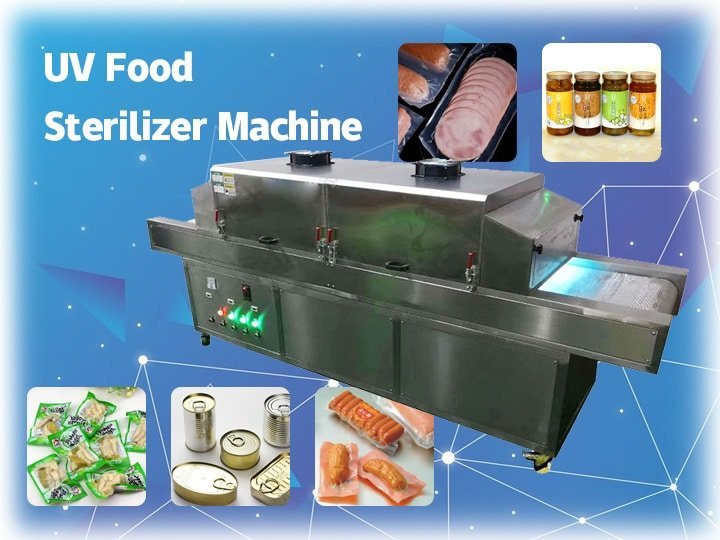UV sterilization VS Ozone sterilization in drinking water treatment
The quality of water directly determines the quality of people’s lives, and drinking water safety is of paramount importance. Therefore, many water treatment technologies, equipment, and processes have attracted much attention. In terms of drinking water treatment technology and equipment, ultraviolet sterilization and ozone sterilization have the highest penetration rates. So which water treatment sterilization technology is…
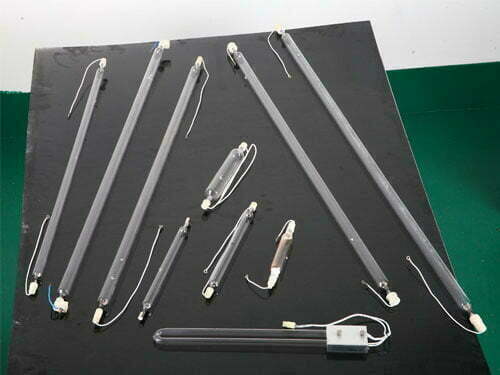
The quality of water directly determines the quality of people’s lives, and drinking water safety is of paramount importance. Therefore, many water treatment technologies, equipment, and processes have attracted much attention. In terms of drinking water treatment technology and equipment, ultraviolet sterilization and ozone sterilization have the highest penetration rates. So which water treatment sterilization technology is better?
The use of Ozone sterilization in drinking water processing
Ozone sterilization is widely used in drinking water sterilization of most water plants because of its low cost and high efficiency. In the process of ozone disinfection, the bromide in raw water, which is harmless to the human body, is oxidized to harmful bromate, which has a certain carcinogenicity.
In daily life, the news of “exceeding the level of bromate in the drinking water sold” always hits the fragile heart of consumers, which also makes us have to re-examine whether such a disinfection method is feasible. Admittedly, ozone sterilization is a double-edged sword.
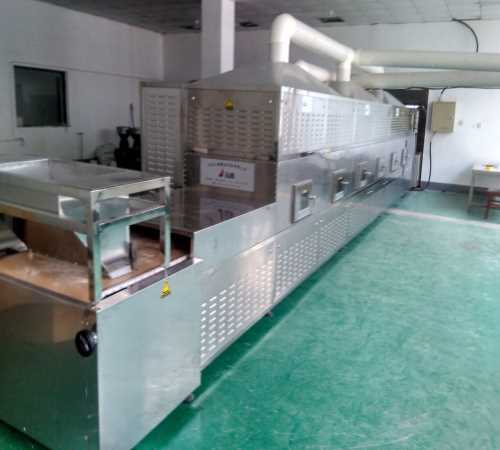
Taking the United States, Japan, and Europe with the most stringent drinking water standards as an example, these countries have long eliminated obsolete ozone sterilization processes and replaced them with ozone-free processes and ultraviolet sterilization technologies to completely solve the risk of bromate.
Main features of UV sterilization in drinking water treatment
Ultraviolet sterilization is mainly caused by bacteria and viruses being irradiated with ultraviolet light. The ultraviolet spectrum energy is absorbed by the cell nucleus, causing the nucleic acid structure to be destroyed, thereby causing various bacteria and viruses to lose their ability to reproduce and reproduce, achieving sterilization effects.
Ultraviolet sterilization is very broad-spectrum, and it can effectively kill almost all bacteria and viruses. Generally, it can reach a sterilization rate of 99% to 99.9% within 1-2s. In addition, UV sterilization is less affected by water temperature and pH value, and the effect is very stable and reliable.
In addition, UV sterilization is non-intrusive, that is, it does not need to add any chemicals, so it will not change any components in the water, and will not cause secondary pollution to the water body and the surrounding environment. The use of commercial UV sterilizers to sterilize bottled drinking water is not only beneficial to human health but also in line with the concept of environmental protection and sustainable development.
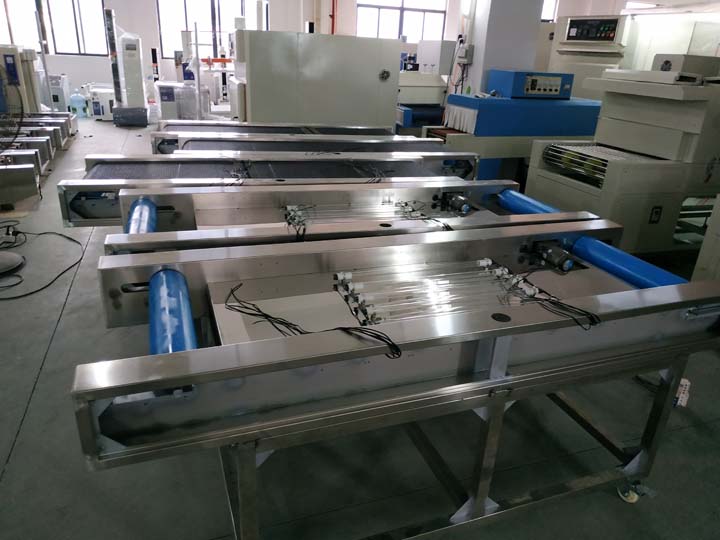
Conclusion for UV sterilization VS Ozone sterilization
After rigorous comparisons and considerations, most water pollution treatment plants and domestic drinking water disinfection treatments eventually use UV sterilization, a non-intrusive sterilization process.
Ultraviolet water sterilization technology not only retains the beneficial minerals in the water but also avoids the disinfection chemical residues produced by the traditional interventional disinfection method, ensuring the safety of water quality. Especially for the processing and production of bottled drinking water, a fully automatic UV sterilizer is a very necessary device.
Related Content
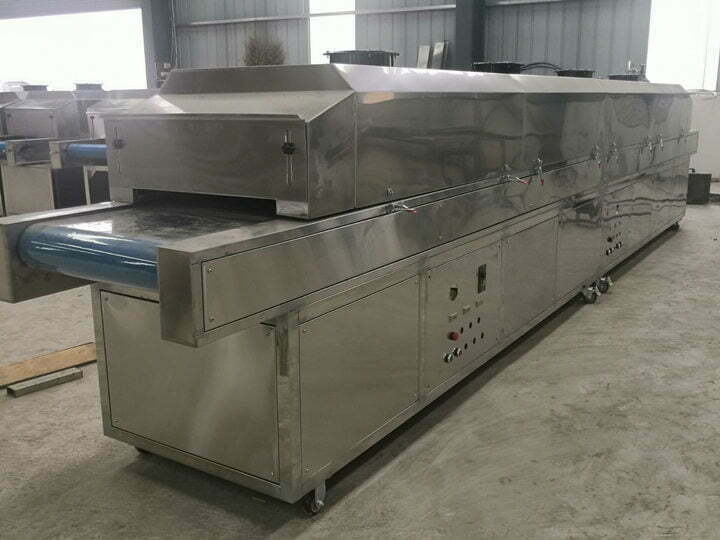
5-meter-long UV sterilization tunnel was exported to the Philippines
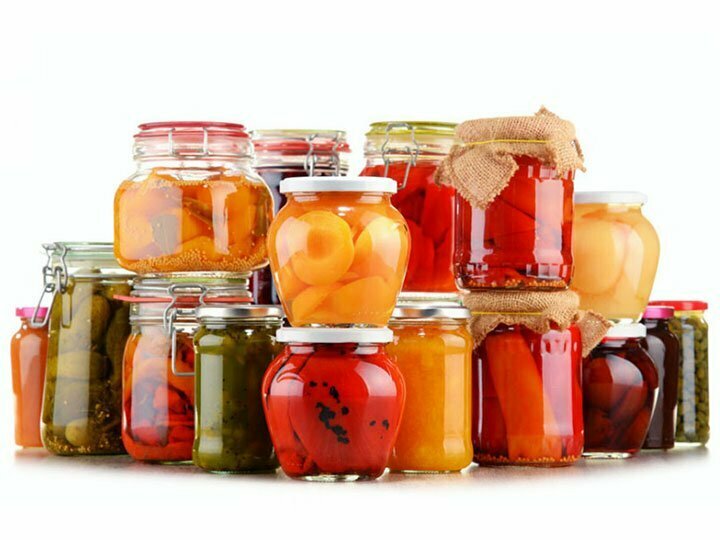
How to sterilize canning jars?

How to sterilize bottled chili sauce? Chili sauce sterilizer machine
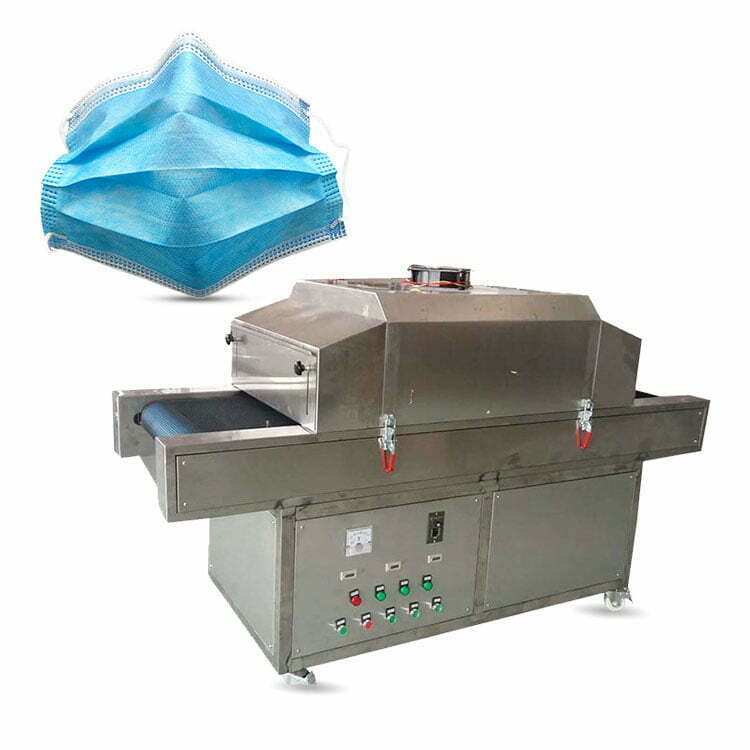
How does the UV sterilizer machine sterilize the medical mask?
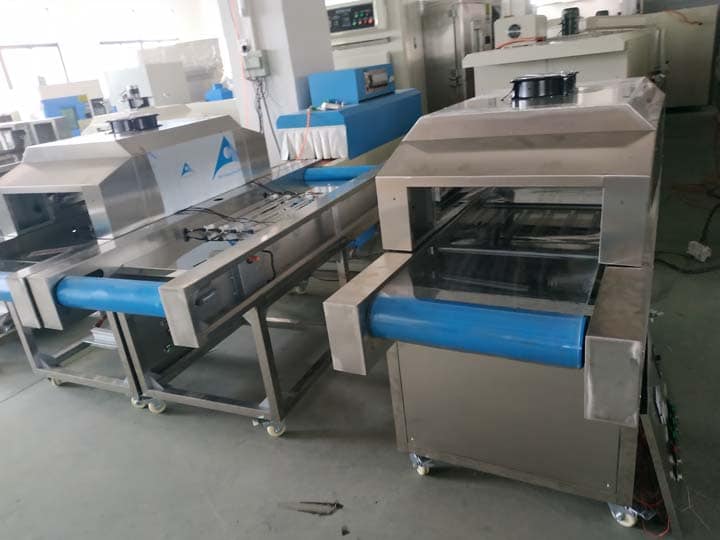
Commercial UV sterilizer was shipped to Thailand
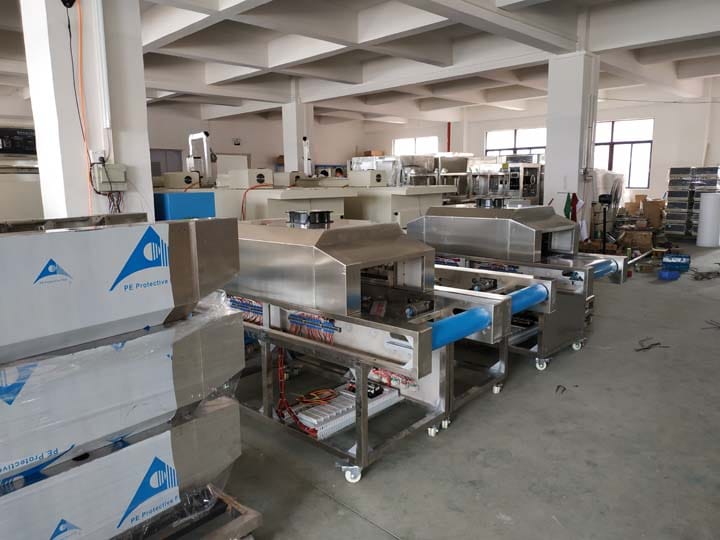
How to choose a good UV sterilizer machine?
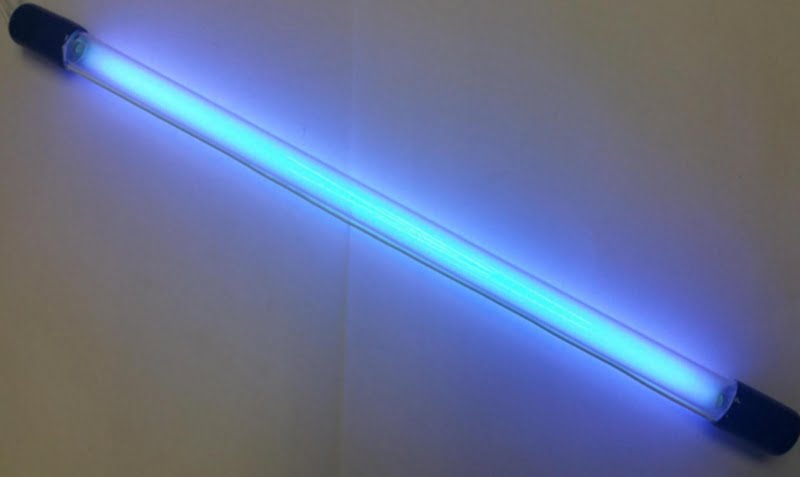
What are the factors that affect the effect of ultraviolet sterilization?
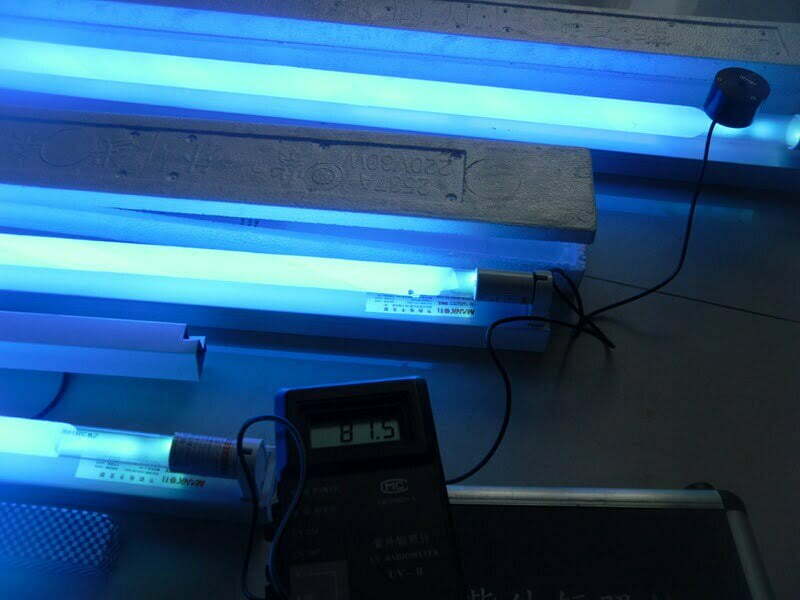
Is food sterilized by UV sterilizer harmful?
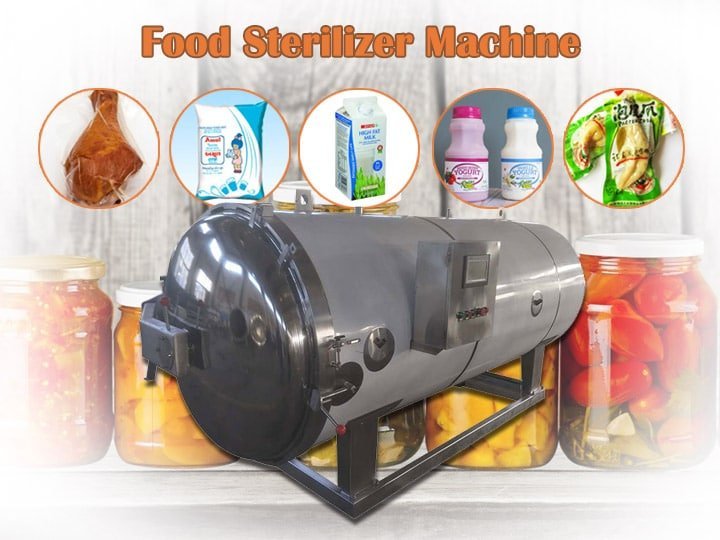
Food Sterilizer Machine | Food Sterilization Machine
